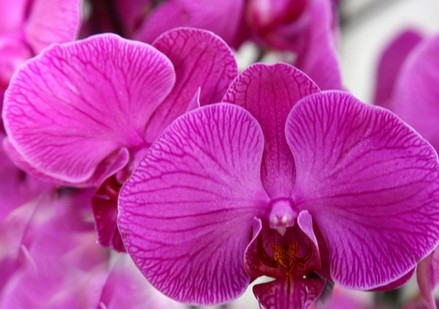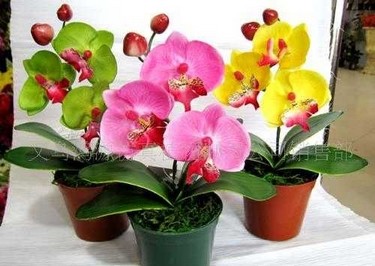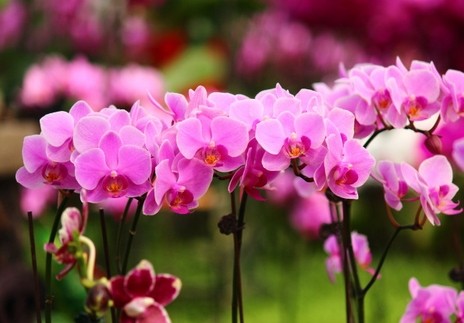How to raise butterfly orchids is the best way.
Low-key luxury, it is no exaggeration to use this word to describe Phalaenopsis. The beauty of Phalaenopsis is well known. A beautiful home naturally needs beautiful flowers to dress up. Phalaenopsis is more suitable to decorate the home. How to raise beautiful Phalaenopsis is a matter of concern to all flower lovers.

1. What is Phalaenopsis
Phalaenopsis is a famous species of cut flowers. Phalaenopsis is a single-stem epiphytic orchid with short stems, large leaves, one to several flower stems, arched and large flowers, so named because the flowers are similar to butterflies. Butterfly orchids have beautiful appearance and gorgeous colors. They are treasures of tropical orchids and have the reputation of "queen of orchids". Phalaenopsis was discovered in 1750 and more than 70 native species have been found, most of which are found in humid Asia.
2. Ecological habits of Phalaenopsis.
If you want to understand how to raise Phalaenopsis, of course, you must first understand the ecological habits of Phalaenopsis! Phalaenopsis likes the environment of high temperature, high humidity, ventilation and ventilation; it is not resistant to waterlogging, semi-overcast environment, avoid direct sunlight, stagnant water, fear of cold, the suitable temperature for growth is 22: 28 ℃, and the overwintering temperature is not lower than 15 ℃.

3. How to cultivate Phalaenopsis
The cultivation of Phalaenopsis generally uses water moss and bark as the cultivation substrate, and the principle of fertilization is less fertilization, light fertilizer, no fertilization at flowering stage, once a week. Nutrient solution is also available, but it is better to use a special nutrient solution for Phalaenopsis. The stem should be cut off as soon as possible after the flower is in bloom. Cut from between the first and second segments of the base.
The temperature of cultivation and maintenance is 25: 28 ℃ in daytime and 18: 20 ℃ at night. The temperature above 35 ℃ or below 10 ℃ will make it dormant and stop growing.
Humidity: the humidity should be kept at about 70% throughout the year. When the temperature is too low, it is necessary to reduce the humidity, otherwise it is easy to cause disease.
Moisture: the principle of watering is to water until dry, generally watering should be carried out in the morning, watering once every 5-10 days, but when the indoor air is dry, the sprayer can be used to spray directly to the leaf, but it should be noted that the water mist should not be sprayed on the flowers during the flowering period. In addition, we should pay attention to the root should not accumulate water.
Lighting: generally, it should be placed in an environment where there is no strong light indoors, and do not direct sunlight before and after noon.
Air: Phalaenopsis likes fresh and flowing air environment, avoid muggy, poor ventilation, smoking or dirty air will make flowers wither ahead of time.

After reading the above introduction about Phalaenopsis, do you already know how Phalaenopsis is the best way? I hope everyone can cultivate beautiful butterfly orchids.
Related
- Wuhan Hospital Iron Tree Blooming Result Was Instantly Frightened by the Gardener Master
- Which variety of camellia is the most fragrant and best? Which one do you like best?
- What is the small blue coat, the breeding methods and matters needing attention of the succulent plant
- Dormancy time and maintenance management of succulent plants during dormancy
- Minas succulent how to raise, Minas succulent plant pictures
- What are the varieties of winter succulent plants
- How to raise succulent plants in twelve rolls? let's take a look at some experience of breeding twelve rolls.
- Attention should be paid to water control for succulent plants during dormant period (winter and summer)
- Watering experience of twelve rolls of succulent plants
- Techniques for fertilizing succulent plants. An article will let you know how to fertilize succulent plants.



